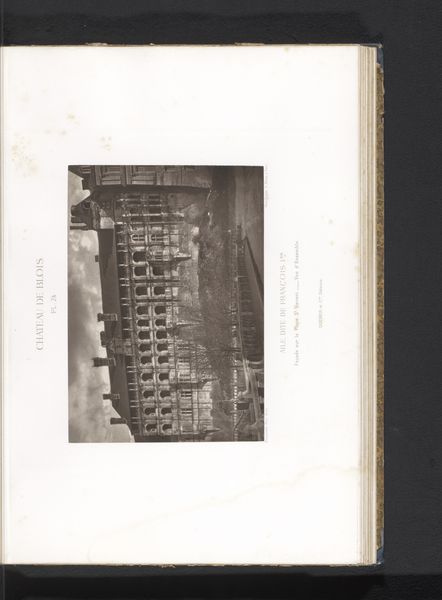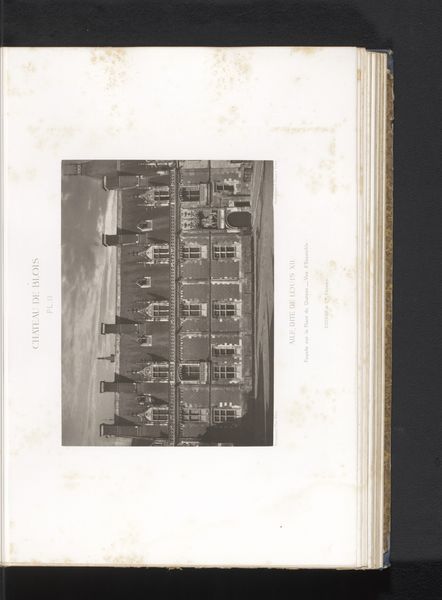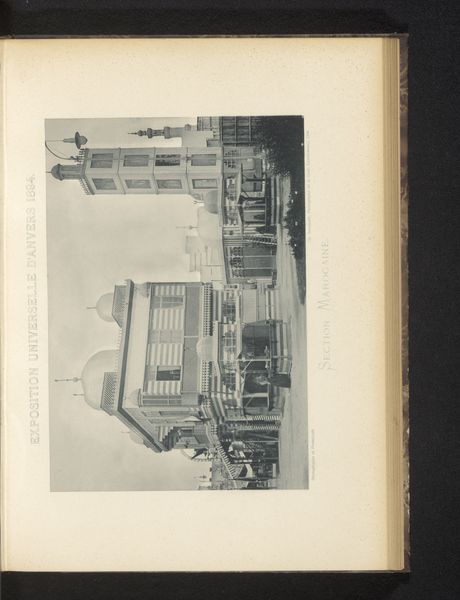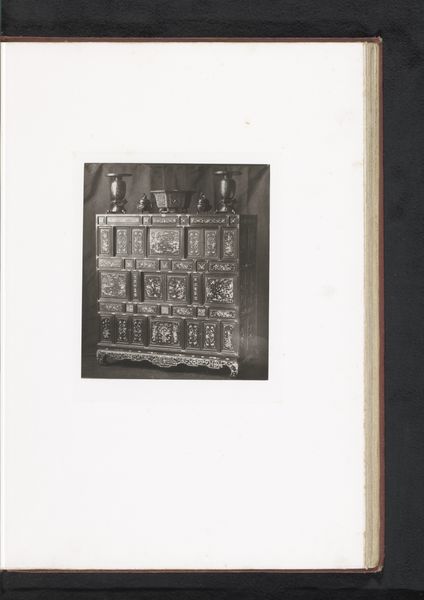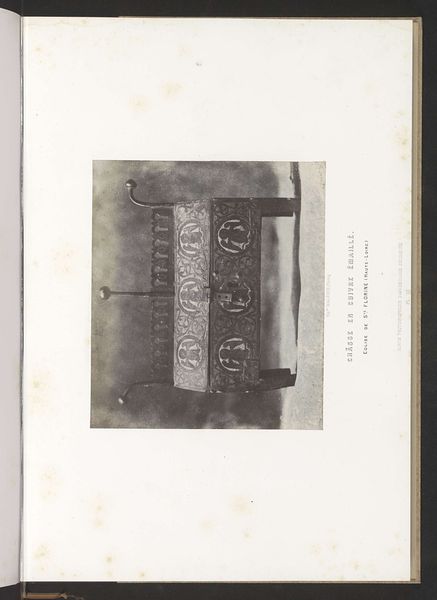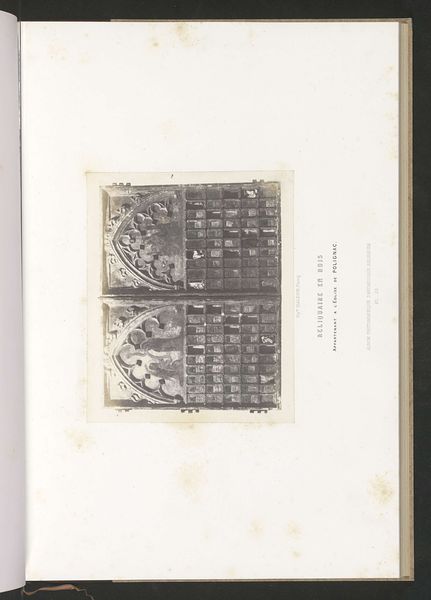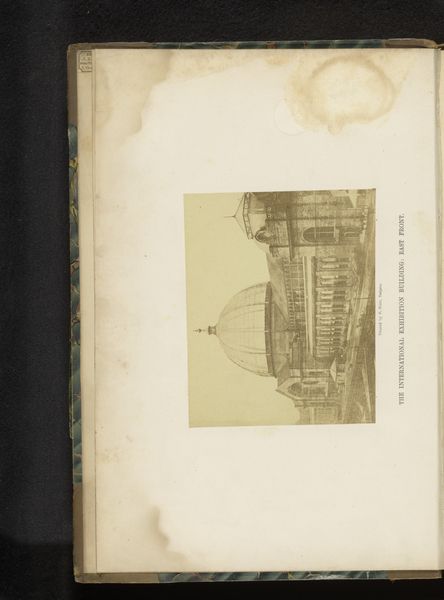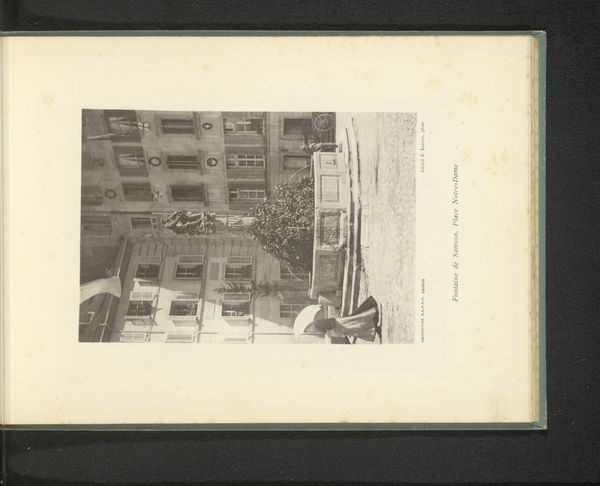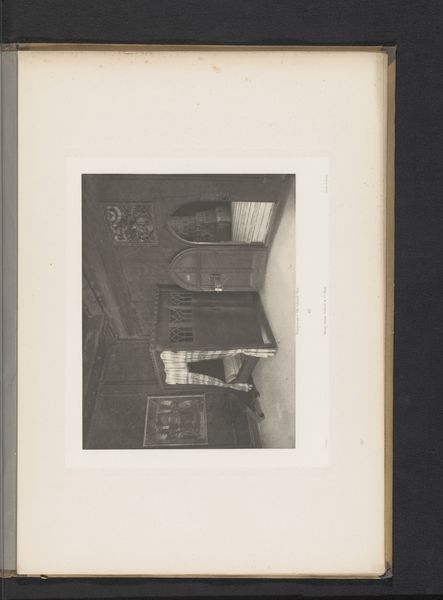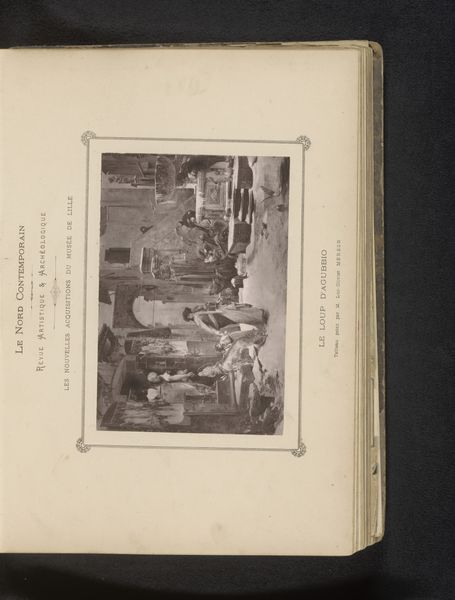
Gezicht op de Frans I vleugel van het Kasteel van Blois before 1875
0:00
0:00
print, photography, architecture
# print
#
landscape
#
photography
#
cityscape
#
architecture
Dimensions: height 169 mm, width 245 mm
Copyright: Rijks Museum: Open Domain
Editor: This photograph by Médéric Mieusement, titled "View of the François I Wing of the Chateau de Blois," taken sometime before 1875 and housed in the Rijksmuseum, has such incredible detail for such an early print! The ornamentation and window arrangement is visually stunning. What strikes you when you look at it? Curator: What immediately stands out is how this image engages with the rising bourgeois class’s fascination with the aristocracy in the mid-19th century. Photography was becoming increasingly accessible, allowing for mass distribution of images of grand architecture like the Chateau de Blois, fueling social aspirations and romanticizing the past. Notice the crisp detail – it presents an ‘authentic’ slice of aristocratic life. Editor: That makes me wonder, how might Mieusement have framed his image to contribute to this romanticized view? Curator: The careful composition—the angle emphasizing the height and grandeur of the wing—serves to inspire awe. The lack of human figures further accentuates the building's monumental presence, creating a somewhat depopulated and idealized historical narrative. Editor: So, it's less about accurate historical documentation and more about selling a specific idea of French history. Curator: Precisely! This image becomes part of a larger cultural phenomenon, where visual representations of the past reinforce certain power structures and appeal to contemporary social desires. Think about who had access to these photos; who could afford them, and how might this artwork operate as a class marker, suggesting social mobility to its possessor? Editor: That gives me a lot to consider! I hadn’t thought about photography being a player in those kinds of social narratives so early on. Thanks for opening my eyes to this. Curator: Of course. It’s important to remember that art and photography always exist within specific social, political, and economic contexts. Thinking about art this way allows for more critical viewing of historical subjects.
Comments
No comments
Be the first to comment and join the conversation on the ultimate creative platform.
